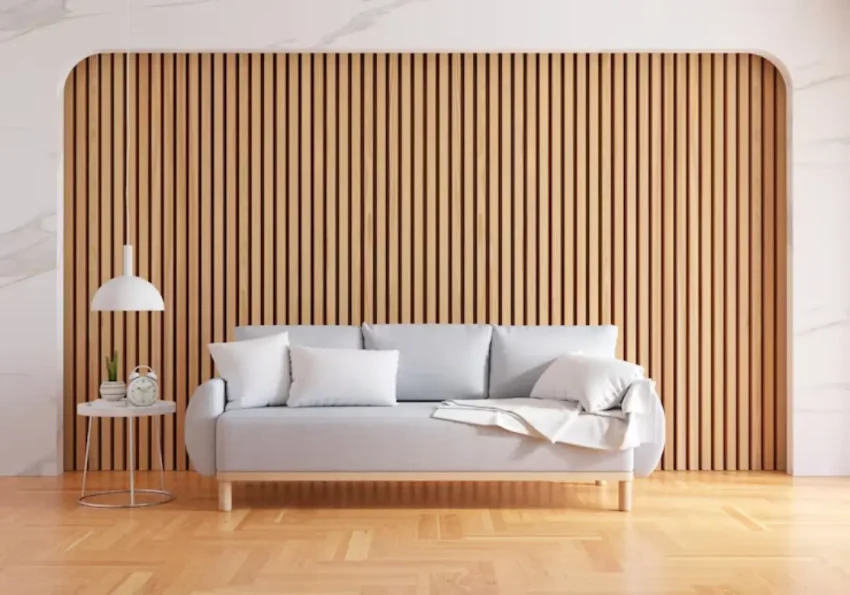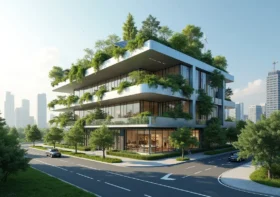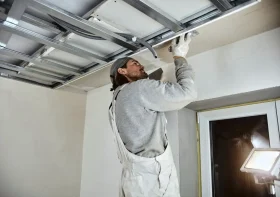Innovative Uses of Wood Paneling in Modern Interior Design

Wood paneling has been a staple in home design for decades, offering both practicality and elegance. One of the most appealing aspects of modern wood paneling is the advent of prefinished wood paneling. These panels are finished and ready to install, saving homeowners the time and effort that traditional wood paneling would require for sanding, staining, or painting. This innovation allows for easy installation and immediate visual enhancement without further treatments, ensuring a seamless and professional finish upon application.
Incorporating wood into your home design opens up a world of possibilities. Wood paneling can adapt to different styles and preferences, whether aiming for a rustic charm or a sleek modern aesthetic. Its versatility gives it an edge over other materials, making it an enduring choice for those looking to add depth and texture to their interiors. From cozy country looks to contemporary clean lines, wood paneling provides a backdrop that elevates any design vision.
Contents
Advantages of Wood Paneling
- Durability: Wood panels are known for their longevity and resilience. They can withhold daily wear and tear while maintaining their appearance, making them ideal for high-traffic areas where longevity is crucial.
- Insulation: They provide excellent thermal and acoustic insulation, which can help create a quieter and more energy-efficient environment. This attribute not only contributes to a more comfortable living space but also helps in reducing energy costs over time.
- Versatility: Wood paneling fits seamlessly in various design contexts, from sophisticated dining areas to cozy living rooms. Its ability to be both a primary design element and a subtle backdrop allows it to enhance spaces of any size and style.
Creative Applications in Modern Interiors
Wood paneling is not restricted to walls. Consider using it for ceilings to create a cocoon-like effect that provides warmth and intimacy. Bedrooms, in particular, can benefit from wood-paneled ceilings, enhancing the cozy atmosphere ideal for relaxation. It can also be applied to cabinetry, offering a cohesive look that complements other elements in the room. The flexibility of wood allows it to be used innovatively, becoming the focal point of a sophisticated design scheme. Utilizing wood paneling on focal walls or even as a feature in furniture pieces can add layers of interest to any room.
Types of Wood Paneling Materials
Choosing the correct type of wood paneling is crucial. Options range from traditional hardwood like oak and walnut to contemporary choices like engineered wood. Each type has distinct characteristics that can influence the feel of your space. According to a study, engineered wood is particularly popular for its cost-effectiveness and variety of finishes, which allow for more creative freedom.
Solid wood offers a rich depth and authentic texture, while engineered options like MDF provide flexibility in design with newer patterns and easy installation. According to The Spruce, choosing styles like wainscoting and beadboard can also play a significant role in a space’s overall look and function, as each brings its own aesthetic and structural benefits depending on the material used.
Maintenance Tips
Maintaining wood paneling involves regular cleaning and the application of appropriate finishes. Dust regularly to prevent build-up, and opt for gentle cleaning solutions to preserve the wood’s natural beauty. A microfiber cloth can help maintain the polish and surface of the wood, preventing scratches while cleaning.
For a detailed, step-by-step guide on cleaning paneling effectively, refer to this resource from wikiHow. Periodic maintenance ensures the longevity of your wood paneling, keeping it in pristine condition for years to come. Investing a little time in maintenance can prolong the life and appearance of your wood paneling, protecting it from the effects of humidity and temperature changes.
Inspiration from Real Homes
Real-life examples of wood paneling prove its transformative power. In one suburban home, the strategic use of wood paneling on staircases created an inviting transition between floors. Such applications highlight the paneling’s ability to enhance spatial flow and unity, proving it’s more than an aesthetic choice. By embracing both vertical and horizontal surfaces, wood paneling can naturally guide the eye through a home’s architecture, enhancing visual interest and spatial coherence.
Balancing Cost with Style
Cost is a crucial consideration when opting for wood paneling. While it may require an initial investment, its durability, and timeless appeal can offer long-term savings. Opt for versatile paneling that can transition between styles easily, ensuring your investment remains relevant as trends evolve. Comparing different wood panels in terms of cost, installation complexity, and aesthetic value can help make an informed choice that suits your budget and style preferences. Long-term savings are realized through reduced maintenance costs and enhanced property value, making wood paneling a cost-effective and style-conscious choice.



